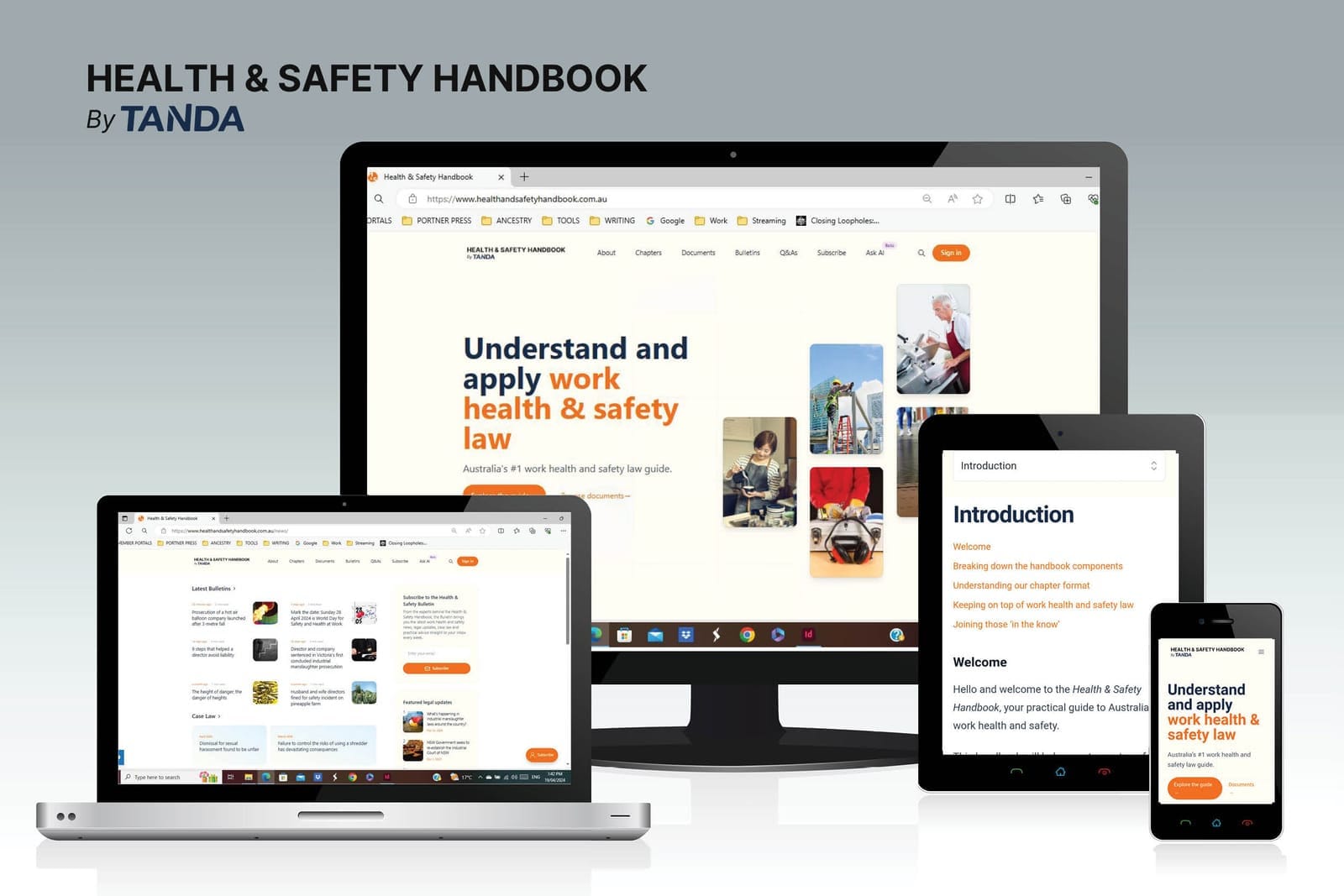Proving a redundancy decision wasn’t made for a prohibited reason
Recent Federal Court decisions resolving general protection claims arising out of redundancy highlight the risks for an employer defending such claims.
In these cases, retrenched employees assert a reason for their retrenchment was that they made complaints or inquiries relating to their employment. If proven, this means the employer has contravened section 340(1) of the Fair Work Act 2009 (Cth) (FW Act).
If a corporation is accused of retrenching an employee for a prohibited reason, such as for making a complaint or inquiry relating to employment, it is presumed the retrenchment was engaged in for the reason alleged, unless or until the corporation proves otherwise. The conduct of the company is the conduct of the human agents through whom it acts and, in certain circumstances, the states of mind with which they do so.
A corporation employer facing these allegations may lose the case if it fails to call evidence from all the people within the company who had the requisite involvement in the dismissal.
What is sufficient involvement is not always easy to discern in a redundancy case. Obviously, it includes the persons who engaged in the conduct associated with the retrenchment. However, it also includes others whose contribution to the retrenchment was material or significant.
In Pilbrow v University of Melbourne (2024), the employer faced a challenge in identifying those persons. The Court ruled that it did not extend to the persons who were involved in the decision to change the “research vision”, a consequence of which was the declaration of the applicant’s role as redundant.
However, the Court observed that no one decides to make a role redundant, stating “one can no more decide that a position is redundant than one may decide to feel cold: in either case, the state either exists or it does not exist.” When an employer ‘decides’ a role is redundant, it is recognising a state of affairs that the role is no longer required. That might be because decisions have been made to redistribute the duties in that role to other roles, or because a decision has been made that means some or all of the duties are no longer required. In each case, the employer needs to form a view whether the persons involved in those decisions made a material contribution to the retrenchment.

Get the latest employment law news, legal updates, case law and practical advice from our experts sent straight to your inbox every week.

